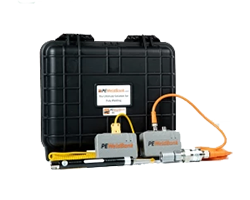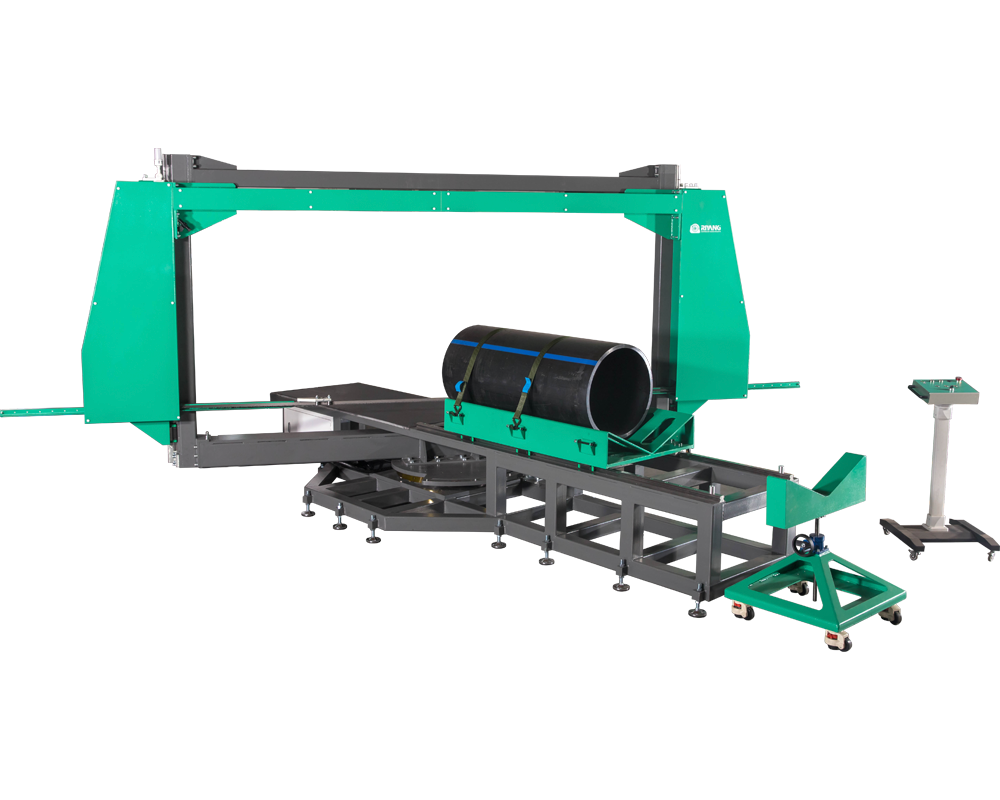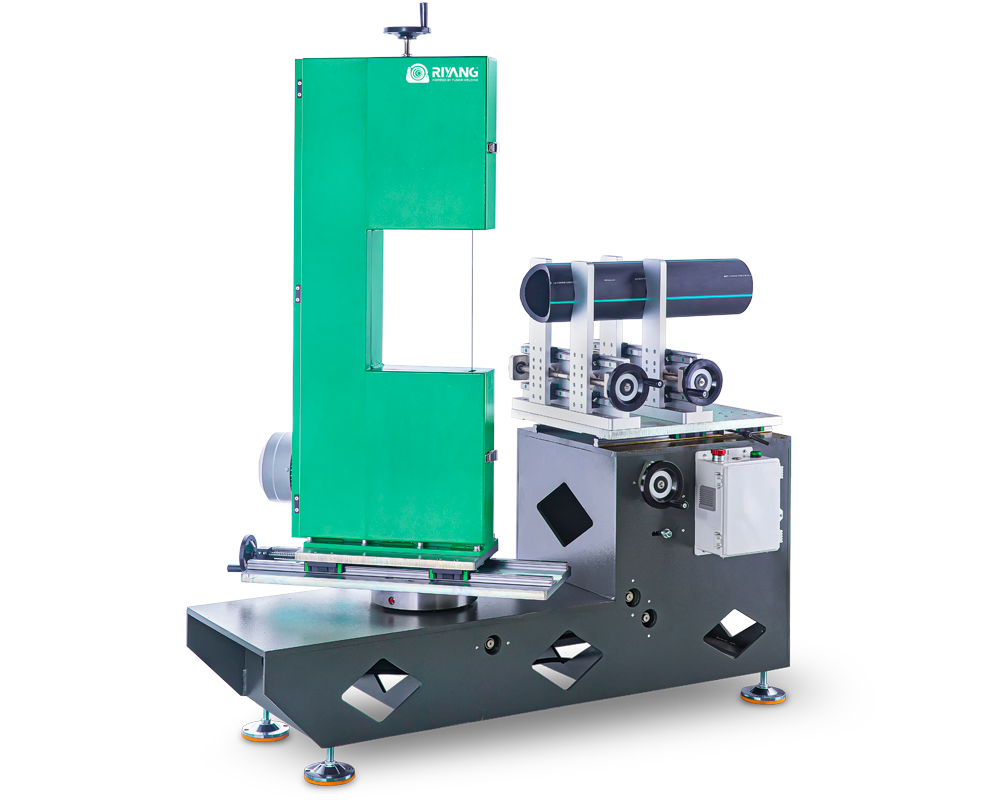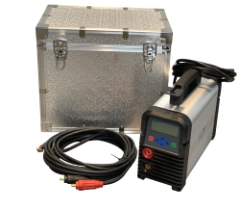In high-performance piping systems, precision is everything—especially when it comes to fabricating fittings like elbows, tees, crosses, and wyes. Poorly aligned joints or imprecise angles can compromise the integrity of an entire pipeline.
In this article, we'll explore how to achieve maximum accuracy and repeatability using the latest fabrication technologies—featuring best practices and machine innovations from Riyang Fusion Manufacturing, a global expert in HDPE welding equipment.
A fitting fabrication machine is specially designed to join sections of HDPE (or PP/PVDF) pipes at predefined angles, creating custom fittings such as:
This process requires extreme precision in both cutting and welding, as even small deviations can lead to flow inefficiencies or connection failures.
Key Features for Precision Fabrication
Accurate Angle Cutting
Riyang's TPS Series multi-angle cutting saws allow users to pre-cut pipes at customized angles with a high level of repeatability. This sets the foundation for precise welds in fittings.
Stable and Synchronized Movements
Riyang's ATLA Series (such as the ATLA400, ATLA1200CNC, and ATLA2000) offers servo-driven trimmers and heaters. These guarantee stable motion control, reducing manual interference and increasing uniformity.
Digital Temperature Management
Teflon-coated heating plates with digital temperature control ensure fusion is completed within ±3°C, minimizing thermal variation and ensuring consistent weld integrity.
Operator Interface and Data Control
Modern machines like the ATLA1200CNC include touchscreen interfaces with:
Operator login
Project tracking
USB/exportable weld records
Remote diagnostics
This not only enhances welding accuracy but also improves traceability and quality assurance.
1,Pre-calibrate machine pressure and temperature before each weld cycle.
2,Ensure all pipe ends are properly faced using sharp and well-maintained trimmer blades.
3,Use clamping systems designed for specific pipe diameters to maintain concentricity.
4,Follw the appropriate welding standard such as DVS 2207, ISO 21307, or ASTM F2620 depending on project specifications.
5,Always record weld data and review quality parameters post-welding.
By following these steps, operators can achieve repeatable precision—critical for fittings installed in gas, water, or chemical infrastructure.
Riyang's Fitting Fabrication Solutions
ATLA400
Suitable for fabricating fittings up to 400mm
Hydraulic trimmer and heater movement
Ergonomic and compact design for workshops
ATLA1200CNC
Full CNC control
Servo motor-driven axes
Automatic data export for QA tracking
Supports elbows, tees, crosses, and wyes up to 1200mm
ATLA2000
Designed for extra-large fittings up to 2000mm
Suitable for large-scale water or gas transmission systems
These machines are trusted by contractors and OEMs in over 60 countries, supported by Riyang's multilingual engineering and after-sales service teams.




























